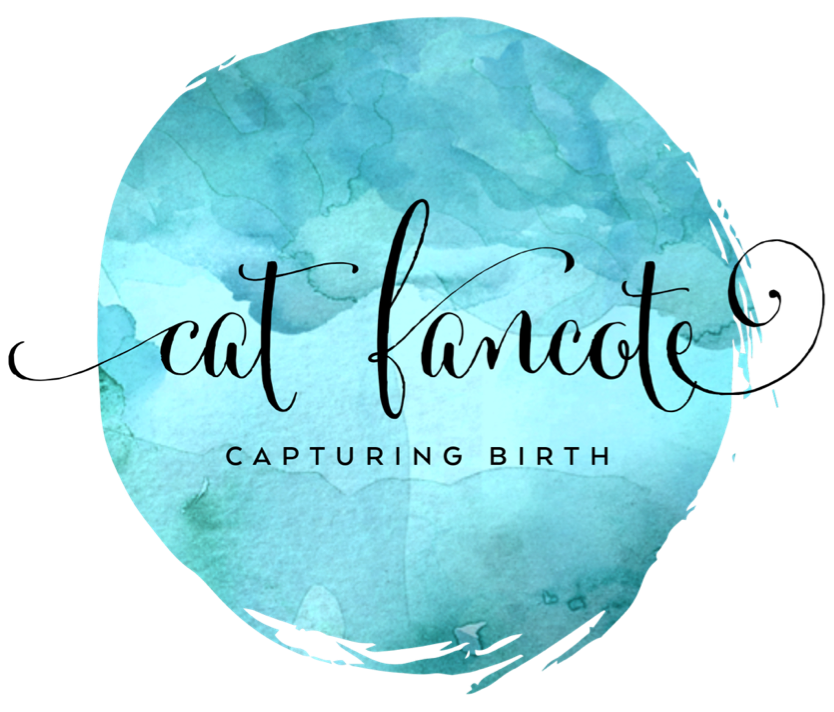GUIDE TO VAGINAL SEEDING
Guest blog post by Perth Naturopath Briana Gunn from www.brianagunn.com
Briana has a special interest in supporting women to experience a vibrantly healthy pregnancy and vibrantly healthy babes.
The science is very clear that the health and diversity of the bacterial and fungal colonies both inside us and on our skin, play a huge role in our health. In babies a healthy microbiome translates to a reduction in health concerns such as eczema (1), colic (2), type 1 diabetes and obesity, as well as prevention against mastitis in the mother.
During a vaginal birth, the mother’s mature microbiome is transferred to her babe in the birth canal, which results in the development of a bacterial colony that resembles the mothers and includes optimal levels of the “good bacteria” such as Lactobacillus, Bacteroides and Bifidobacterium spp. On the other hand, babies born via C-section have a microbiome that more closely resembles the bacteria found on the skin of the staff in the hospital, with bacteria such as Staphylococcus, Corynebacterium and Clostridium difficile found instead. (3),(4)
Yuck right?
During this research, I came across another interesting fact:
The bacteria found in the highest concentrations (80%) in human baby’s is Bifidobacterium and it only colonises the infant via the mothers colonic matter, so maybe that maternal poop response during birthing is beneficial for your babe in ways that we haven’t really considered. This special Bifidobacterium then only feeds on human oligosaccharides which are only found in breast milk to survive and thrive. Cool huh?
One of the aspects that good prenatal, pregnancy and postnatal care should focus on is ensuring the optimal health of the mothers’ microbiome to ensure that she has healthy flora to transfer to her child during birth. To do this we look at supporting a mother to rid any underlying infections such as Strep B, and prevent a breakout of Herpes if she has a history of them, as well as repairing the gut lining if required, increasing pre and pro-biotic foods in her diet and including supplements as necessary. Plus she needs to avoid antibiotics and GM roundup laden food which are both known to destroy healthy gut flora colonies.
Assuming that the mother has a healthy microbiome to pass to her child, a normal vaginal birth (potentially with some maternal pooping) is the optimal way of transferring that to her baby. The next step is supporting the formation and maturation of that new microbiome with the human oligosaccharides in breastmilk to ensure that they have the best start possible.
What if a mother is unable to have a vaginal birth?
It’s worth considering a technique called vaginal seeding, or vaginal microbial transfer.
It’s simple to do and while the research hasn’t been conducted in sufficient number to determine the absolute benefit, the preliminary evidence is showing that Vaginal Bacterial Seeding for C-section babies is producing infant microbiomes that more closely resemble vaginally birthed babies. (5)
So, how do you do it?
- On the day of the birth; Wearing gloves, carefully fold a piece of gauze into a fan shape to increase the surface area.
- Dampen the gauze with saline solution.
- Still wearing gloves, insert the damp gauze into the mothers’ birth canal.
- Leave it there for 30 minutes.
- Remove carefully and store in a sterile jar such as those used for urine samples until needed.
- When the baby is born, breastfeeding is initiated and the baby is skin to skin with the mother, use gloved hands to wipe the seeded gauze all over the baby’s head and body moistening the gauze with further saline solution if necessary.
Simple huh?
I hope that helps you and your babe achieve vibrant health,
x Bri
Have you tried it? How did you go? Let me know in the comments below.
References:
1) Power CE, McShane BD, Gilligan PH et all; Microbiome and pediatric atopic dermatitis.
PubMed https://www.ncbi.nlm.nih.gov/pubmed/26388516
2) de Weerth C, Fuentes S, de Vos W; Crying in infants
On the possible role of intestinal microbiota in the development of colic. Taylor and Francis Online http://www.tandfonline.com/doi/abs/10.4161/gmic.26041
3) Mueller NT, Bakacs E, Combellick J et al; The infant microbiome development: mom matters. NCBI https://www.ncbi.nlm.nih.gov/pmc/articles/PMC4464665/
4) What is a healthy gut microbiome? http://thesociablescientist.com/baby-microbiome/
5) Dominguez-Bello M, Jesus-Laboy K, Shen N; Partial restoration of the microbiota of cesarean-born infants via vaginal microbial transfer. Nature Medicine http://www.nature.com/nm/journal/v22/n3/full/nm.4039.html



